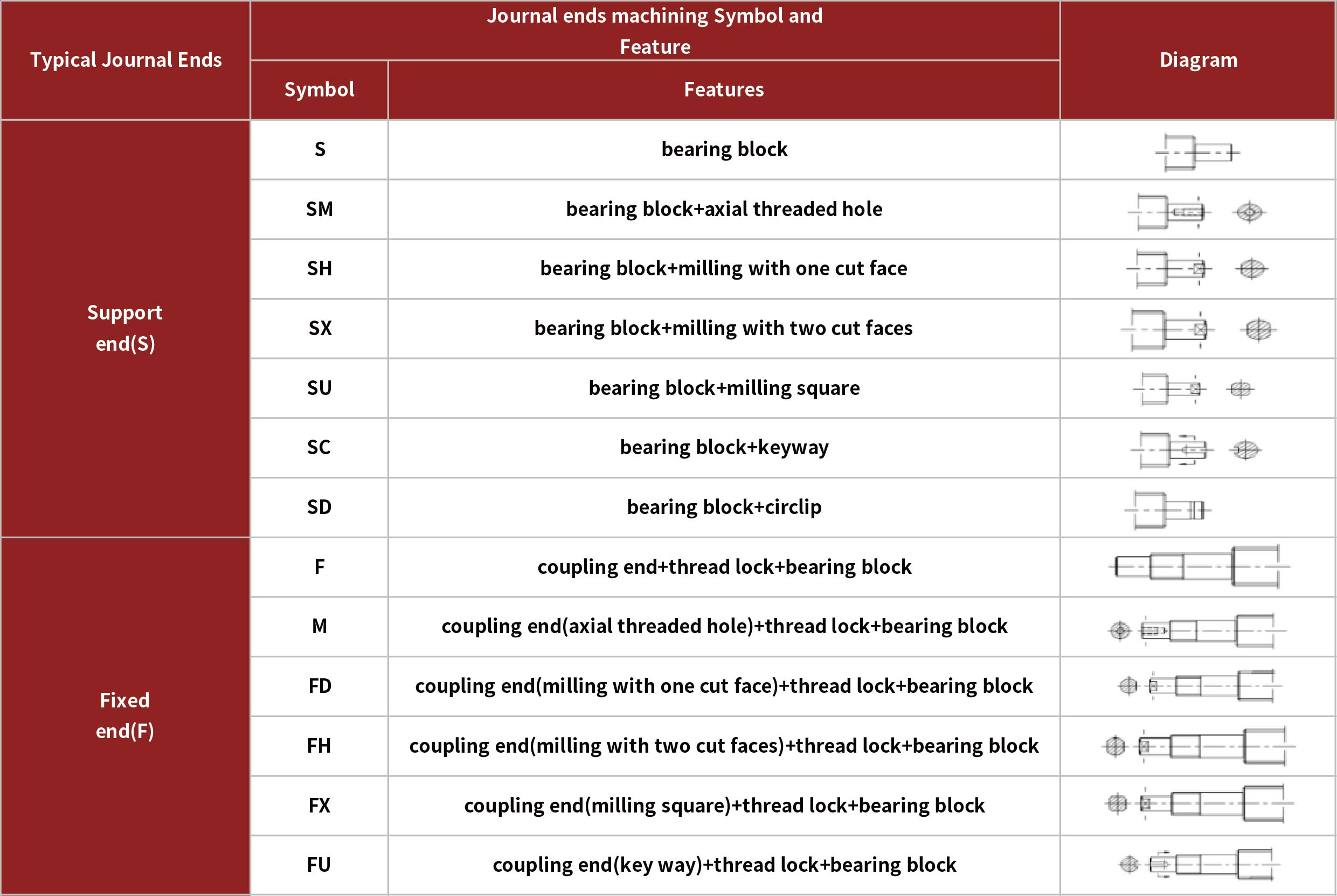Ball screws are ideal products that convert rotary motion into linear motion, or linear motion into rotary motion.
Ball screw assembliess are the most commonly used transmission components in machine tools and precision machinery. Their main function is to convert rotary motion into linear motion, or convert torque into axial reciprocating force, while featuring high precision, reversibility, and high efficiency. Due to their small frictional resistance, ball screws are widely used in various industrial equipment and precision instruments.
A ball screw kit consists of a screw, a nut, steel balls, a preload sheet, a reverser and a dust protector. Its function is to convert rotary motion into linear motion, which is a further extension and development of the Acme screw. The important significance of this development is to change the action of the bearing from sliding to rolling.
Methods for Cooling Ball Screws During Operation
During the operation of a ball screw, temperature rise occurs, and the screw shaft will elongate due to thermal expansion, which leads to positioning accuracy errors. Therefore, in situations where strict positioning accuracy is required, corresponding measures to control temperature rise must be taken. Here are several common methods to reduce the temperature difference of ball screws:
1. On the premise of meeting product requirements, minimize the preload of the ball screw and bearing housing as much as possible;
2. Select a larger lead as much as possible to reduce the rotational speed of the ball screw;
3. Choosing an appropriate lubricant is crucial.
4. If conditions allow, use lubricating oil or cold air to force-cool the screw shaft.
Methods to Prevent Reverse Rotation of Ball Screws
Ball screw assemblies have high rotational efficiency and cannot self-lock. When used to drive vertically moving components, it is necessary to prevent reverse rotation caused by the self-weight of the components after the drive is interrupted. The main methods to prevent reverse rotation of the screw are as follows:
1. Use a servo motor or stepping motor that cannot reverse itself, but it is required that the reverse torque of the motor is greater than the inertia torque of the transmission parts.
2. Use electromagnetic or mechanical brakes, or one-way overrunning clutches.
3. Adopt a worm reducer that cannot transmit in reverse.
